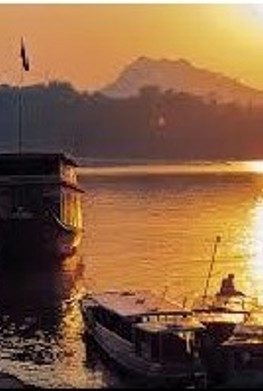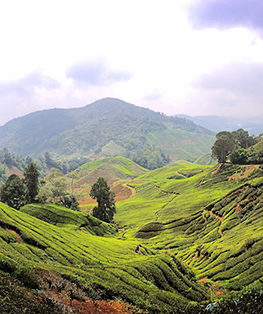Published on December 8, 2014
Find nature untouched by human hands in Brunei’s rainforests, mangrove stands and islands.
1.1. Ulu Temburong National Park

Spread over 500 square kilometres of rainforest in the Temburong exclave east of Bandar Seri Begawan, Ulu Temburong National Park takes visitors to the heart of Southeast Asia’s least-touched, wildest rainforest. Apart from the canopy walkways suspended 50m above the forest floor, very little of Ulu Temburong has been exploited by humans.
In these parts you’ll meet gibbons, hornbills and over 400 species of butterfly, while guided by Iban tribespeople. Take a swim at the pristine Sungai Temburong river or one of the waterfalls deep in the forest, surrounded by the massive dipterocarp trees that make up the rest of the forest cover.
1.2. Selirong Island
This 2,600-hectare island set in the Temburong River delta is a treasure trove of biodiversity, rimmed by mangrove forests that harbor endemic creatures like monitor lizards, mudskippers, flying lemurs, proboscis monkeys, river otters, and archer fish swimming in the shallows.
Travelers visiting Selirong Island can explore the island on foot via elevated paths that take you close to the island’s amazing flora – among them nipah palms and the unusually large “bakau minyak” mangrove trees. As the island is located in Brunei Bay, visiting requires a 45-minute boat ride from Bandar Seri Begawan.
1.3. Tasek Merimbun
The largest lake in Brunei serves as the centerpiece for the 7,800-hectare Tasek Merimbun Heritage Park, an ASEAN Heritage Park and a haven for Brunei’s endemic species. White-collared fruit bats, red leaf monkeys, and gibbons inhabit the trees that surround the lake; the waters churn with over 50 species of freshwater fishes.
The best way to explore the park is to take a cruise on the lake; departing early in the afternoon or late in the evening, you can sail at your leisure or explore the two islands within the lake. Landbound travelers can walk through the park’s jungle trails to meet the area’s unique wildlife.






